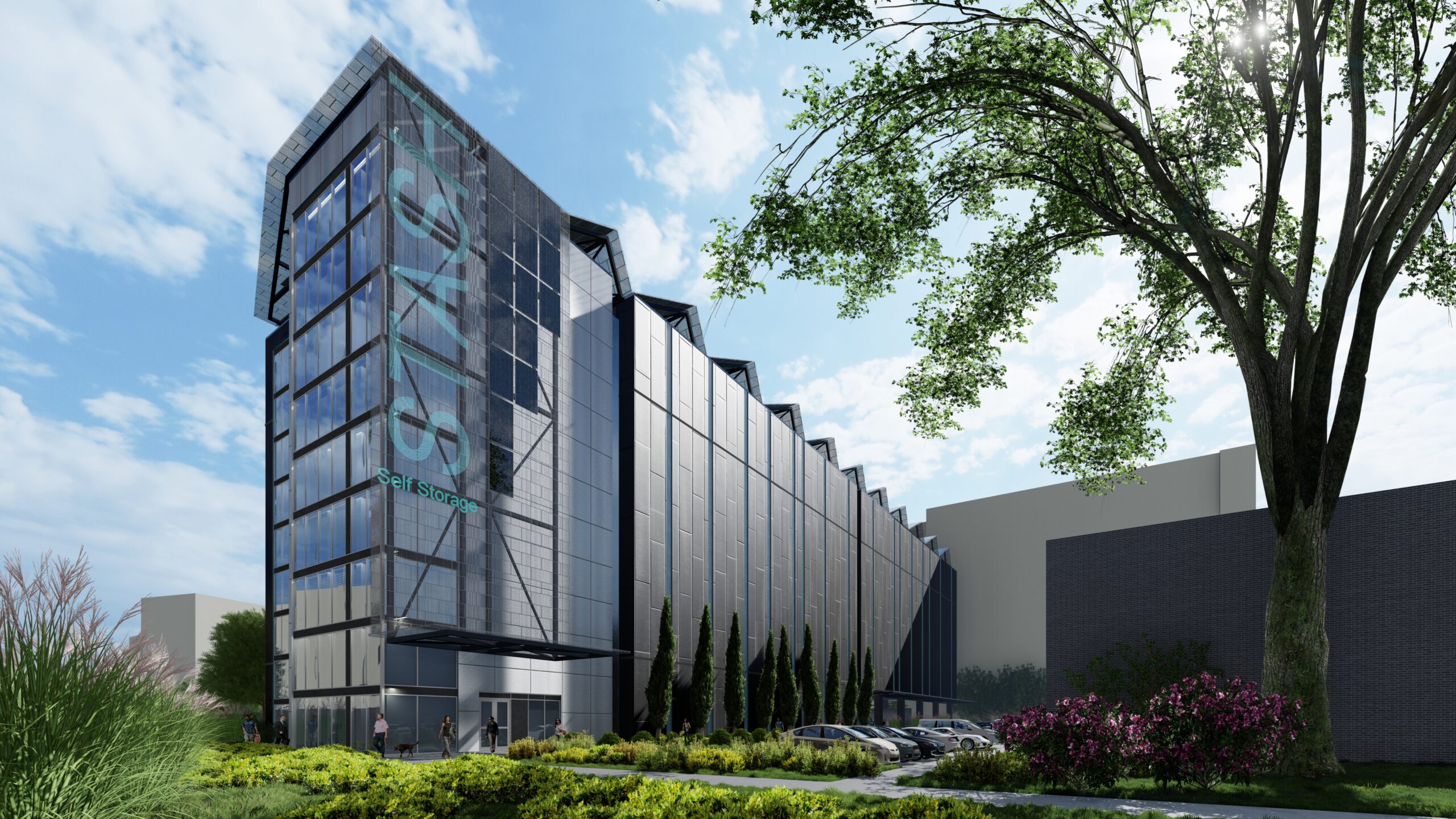Dear Friends …

Over the last decade, artificial intelligence (Al) has presented itself within popular culture as our latest technological breakthrough. Al is often mentioned in the same breath as the creation of the internet, proliferation of the smartphone, and the continued efforts to popularize electric vehicles. Despite recent recognition, Al has been in existence since Alan Turing’s publishing of the paper “Computing Machinery and Intelligence.” This mid-20th century thought experiment explored the idea that machines could exhibit human-like, intellectual behavior.
The artificial intelligence that we know today is more advanced than Turing could have predicted. These programs improve and automate various aspects of the
architectural design, planning, and construction processes. Al algorithms and tools now assist in generating design ideas (like PB&J buildings), optimizing layouts, improving energy efficiency, and managing construction projects. Al can process vast amounts of data within seconds, simulating an infinite number of scenarios. The Architect plays a vital role in this process by offering creative inputs, qualitative discernment, and the ability to distill results into consumable forms – areas where the algorithms fall short.
One of the most exciting developments of Al in architecture is generative design. This technology gives Architects the ability to input key parameters such as square footages or environmental factors and within minutes cycle through many possible design options. Programs like TestFit use generative design to streamline feasibility studies for Owners, offering real-time insights into revenue, operating costs, and profitability for their project pro-forma. Artificial intelligence can also improve sustainability by analyzing environmental factors and curating effective design responses. This can drive building positioning, size or location of openings, shading devices, and more. Al technology can integrate with building systems, enabling real-time reactions to changing environmental conditions. In coming years, we will see further integration of artificial intelligence into both construction and project management. Al-powered robots and drones will lay-brick, erect steel, and monitor sites.
Through this, Developers will reap the benefits of improved construction timelines and lower construction costs.
As artificial intelligence continues to evolve, its impact on architecture will only grow. Architects will utilize these tools to design more innovative, efficient, and sustainable buildings. Embracing Al enhances creativity and streamlines the design and construction processes. Developers and designers who adopt Al will be better equipped to lead the industry into the future, setting new standards for the quality, and performance of our built environment

Let’s discuss turning your vision into a masterpiece!
Stephen F. Overcash, Managing Principal, ODA Architecture (704) 905-0423
Hampton Inn & Suites
York, South Carolina
Raines Hospitality’s new 97-key hotel is inspired by local precedents to fit in with the historic vernacular, while simultaneously bringing new energy and a contemporary streetfront relationship to the visitor’s experience of downtown York.
Accentuated entrances are linked with a long front yard and ample patio space that encourages interaction of local residents and hotel guests.
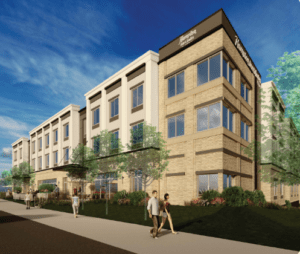
Owner: Raines Hospitality | Structural: Taylor and Viola Structural Engineers | PME: WAVE Engineering Civil: Keck + Wood| Interior Designer: Carver and Associates
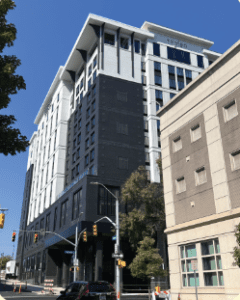
Hilton Dual Brand: Tempo & Homewood Suites
Raleigh, North Carolina
Anchoring the corner of South McDowell St. and West Davie St. in downtown Raleigh is CN Hotels’ newest property, the Hilton Dual Brand Hotel. Over 250 keys make up the Tempo & Homewood Suites hotels just steps away from some of Raleigh’s biggest attractions like the Red Hat Amphitheater, the Convention Center and the Warehouse District.
In addition to hotel accommodations, the Dual Brand hosts over 3,000 square feet of ballroom and meeting space and a contemporary rooftop bar and restaurant with prime city views. This project is slated to open in 4th quarter.
Owner: CN Hotels | Structural: Uzun + Case | PME: Devita | Civil: Pabst Design Group Interior Designer: International Design Incorporated | Contractor: Humphreys & Associates Contractors
Morningstar Storage
Huntersville, North Carolina
Morningstar’s newest facility in Huntersville will break ground later this quarter, providing a much needed amenity to the surrounding area.
This new facility is 98,775 square feet with a total of 679 storage units in a variety of sizes to provide flexibility to the owner and their future clientele
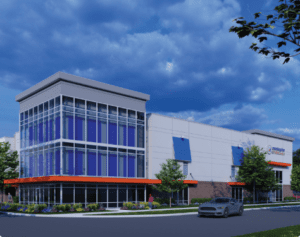
Owner: Morningstar Storage | Structural: Karins Engineering | PME: Shultz Engineering Group Civil: American Engineering
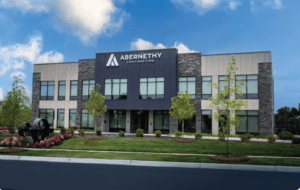
Abernethy Contracting
Charlotte, North Carolina
Abernethy Contracting’s new headquarters has recently been completed in a design build partnership Metrolina Builders. with
This 2 story 23,500 sf office building and 8,300 sf warehouse building make up the new campus for the company.
Owner: Abernethy Contracting | Structural: Taylor and Viola Structural Engineers | PME: Wilde Engineering | Civil: Timmons Group | Interior Designer: Ban Spas | Contractor: Metrolina Builders

